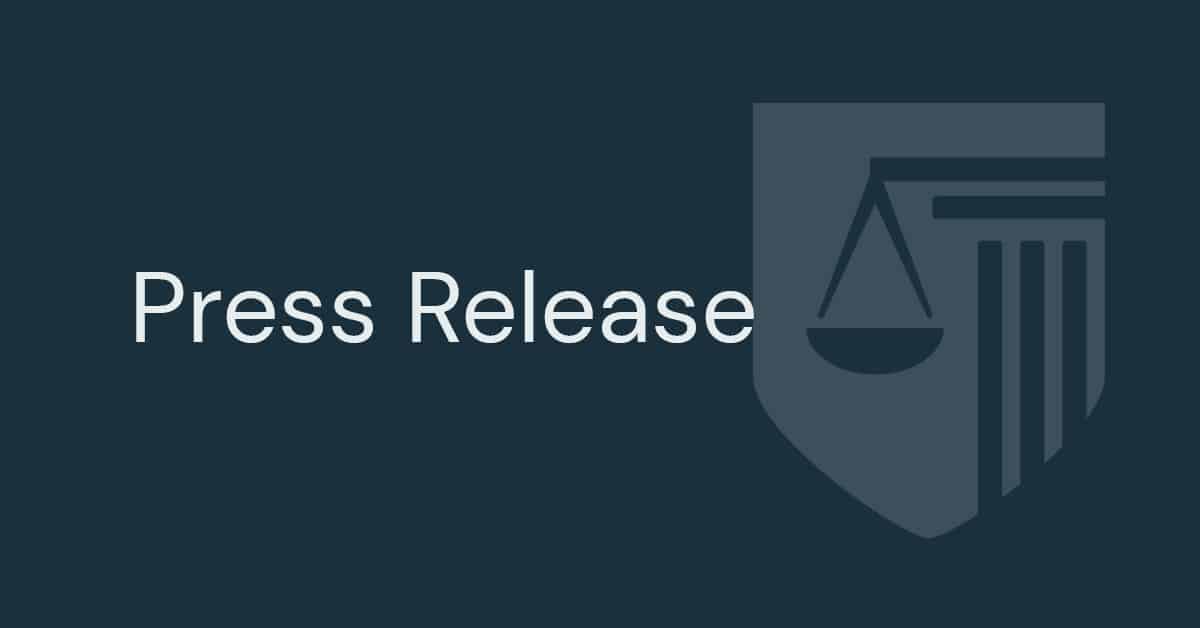Author
Since the U.S. Food and Drug Administration (FDA) issued authorizations for the Pfizer-BioNTech and Moderna vaccines to prevent COVID-19, millions of doses of both of these safe and effective vaccines have been administered throughout the United States. On February 27, the FDA authorized a third vaccine from Janssen, a subsidiary of Johnson & Johnson. An equitable and efficient vaccine roll-out is critical to offering the most vulnerable communities protection from the most serious COVID-related outcomes. It is also essential in ensuring adequate healthcare capacity in the face of new and emerging variants with potentially higher rates of transmissibility and/or reduced treatment and vaccine efficacy.
Demand has exceeded supply in the initial months of COVID-19 vaccine distribution and administration in the U.S. and globally. Vaccine production requires complex supply chains as well as highly specialized production space, equipment, and staff. In addition to doses of vaccines themselves, a successful distribution requires enough staff to administer the vaccines, complete required data entry, and manage scheduling/logistics; enough physical space to accommodate staff and vaccine recipients with social distancing in place; enough syringes (including “low dead space syringes” to reach additional doses in each vial); and enough personal protective equipment (PPE) for those administering the vaccine.
Yet exceptional progress has already been achieved. The daily number of vaccine doses administered in the U.S. has grown from approximately to 800,000 in December 2020 to over 2 million in late February 2021. According to vaccine manufacturers, including Pfizer-BioNTech and Moderna, the U.S. may see 3 million doses available each day by April. Cumulatively, the U.S. has purchased 600 million vaccine doses from BioNTech-Pfizer and Moderna to be delivered at regular intervals through July 2021. This alone would be enough to vaccinate 300 million individuals, exceeding the number of currently eligible individuals (i.e., persons 16 years and older) in the U.S. The U.S. will also receive an additional 100 million vaccine doses from Johnson & Johnson by the end of June and has contracted to receive 100 million and 300 million doses respectively from Novavax and AstraZeneca/Oxford University, although neither Novavax nor AstraZeneca/Oxford University has yet applied to the U.S. FDA for authorization.
Rates of vaccine production and distribution have and will continue to increase as vaccine manufacturers and state/local health departments ramp-up capacity and increase production efficiency. Federal, state, and private companies have taken steps to strengthen and expand on the production of vaccines and associated materials (e.g., personal protective equipment (PPE) for vaccine administration staff). At the federal level, this includes use of the Defense Production Act (DPA) of 1950.
Dating back to the Korean War, the DPA establishes presidential authority to expedite and expand the supply of materials and services from U.S.-based industries needed to promote national defense. DPA may be used to support:
- Emergency preparedness activities pursuant to title VI of the Stafford Act.
- Protection or restoration of critical infrastructure.
- Efforts to “prevent, reduce vulnerability to, minimize damage from, and recover from acts of terrorism within the U.S.”
Under DPA, the President or another agency he has delegated authority to may:
- Require individuals or businesses to accept or prioritize contracts and orders to promote national defense.
- Allocate or control the distribution of materials, services, and facilities necessary to promote the national defense.
- Provide financial incentives and assistance to U.S. companies to expand production capacity and supply of materials needed for national defense purposes.
- Provide antitrust protection for businesses voluntarily agreeing to participate under the DPA.
- Provide immunity from liability for any act or failure to act that results directly or indirectly from compliance with rules, regulations, or orders issued under the DPA.
Since enactment of the statute, Congress has expanded “national defense” under the DPA to include natural disasters, terrorist attacks, and other national emergencies. Both the Trump and Biden administrations have invoked the DPA for purposes of combatting COVID-19. With respect to vaccines specifically, on February 5, the Biden administration announced that it has issued DPA priority ratings to its orders under its Pfizer/BioNTech contracts to alleviate bottlenecks in supplies for two necessary components (filling pumps and tangential flow filtration skid units). The administration has suggested that it will announce additional agreements under the DPA in the coming weeks.
While the DPA could help in shoring up necessary materials and supplies for vaccine manufacturers, it may have limited impacts on other aspects of the production process. For example, the DPA cannot immediately create additional highly trained and specialized individuals to implement various aspects of vaccine production. Further, invocation of the DPA can have ripple or downstream effects on other areas of public health and safety (e.g., reducing available supplies for routine vaccinations for other diseases). Lastly, the DPA on its own cannot sustain the public health infrastructure necessary to control the COVID-19 pandemic and any future pandemics to come.
Throughout 2021, NAAG will continue to provide informational updates and training opportunities to the attorney general community as COVID-19 vaccine distribution and related legal issues evolve. For more information on NAAG’s response to the COVID-19 pandemic, visit NAAG’s Members-Only COVID-19 Resource Page. Attorney general staff can request access to the page. View additional public health-related updates from NAAG.




